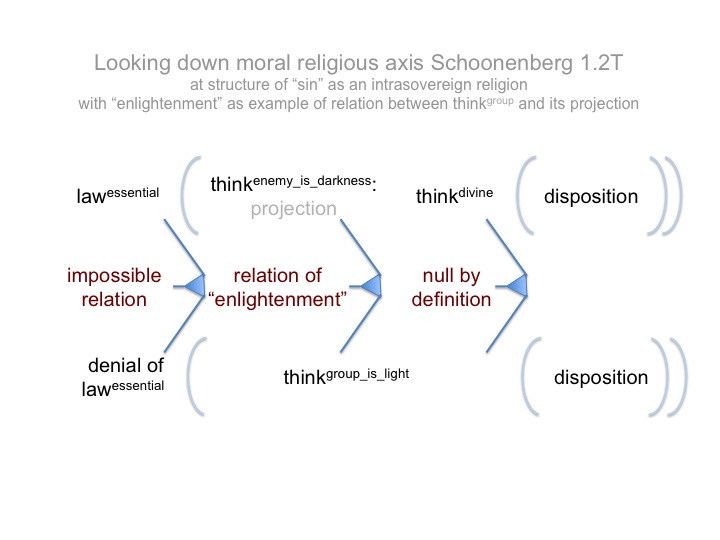Thoughts on Man and Sin by Piet Schoonenberg (1964) 1.3C
Summary of text [comment] page 17
[Can the word “sinful” apply to our dispositions in the same way that it might apply to our consciencespecified? What is the connection between dispositions and consciencespecified? Since both belong to the monadic realm of possibility, they may be distinguished but not separated. They play on one another.
Certain complementary pairs of consciencelacking and dispositions will be situated (and habituated) by sinful acts. Certain complementary pairs of consciencefree and dispositions will be situated (and habituated) by virtuous acts.
Since dispositions fix on partial goods and since consciencespecified is brought into relation with action through thinkgroup_or_divine, partial goods become the focus of sinful and virtuous acts.
This highlights the issue of training the dispositions.]

